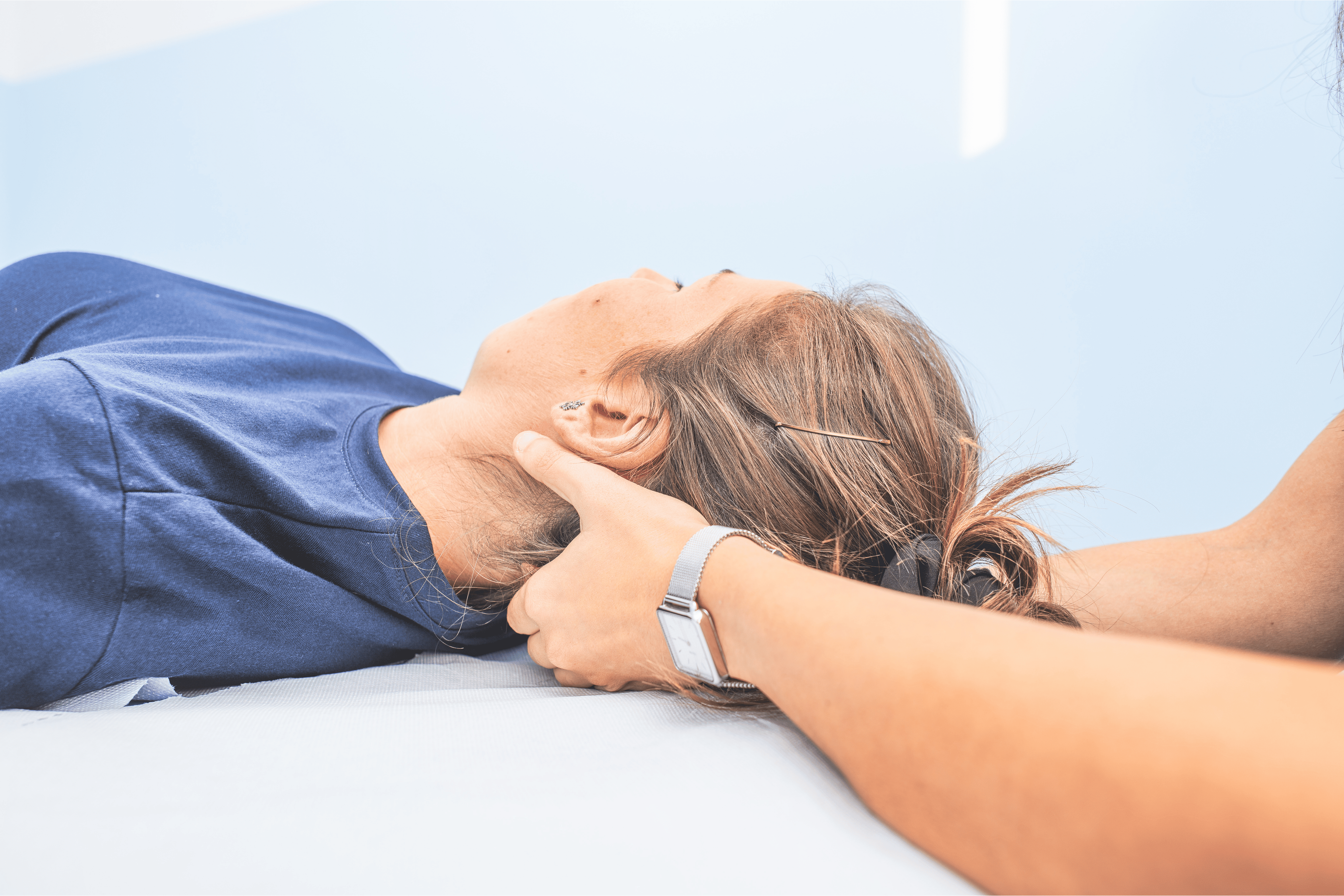Back and neck pain are common musculoskeletal disorders.
The common causes of back pain include injury, strain, slipped disc, sciatica, ankylosing spondylitis and poor posture.
The common causes of neck pain include injury (whiplash), poor posture, sleeping in an awkward position, nerve compression, strains and arthritis.
Pain can be localised to the back or neck area or more widespread and travel into the buttocks and legs, shoulder, arms or back. With neck pain there might be an associated headache and/or a restriction in range of movement.
Once you have had a short telephone triage and initial face-to-face session with your Physiotherapist Emma Graham or Alison Austin, they will discuss a rehabilitation plan with you which may include:
If the pain is persistent and getting progressively worse, or if there are additional symptoms, such as a lack of co-ordination, visual problems, arm or leg weakness, problems walking, loss of bladder or bowel control, a high temperature (fever), pins and needles affecting your arms or legs and/or unexplained weight loss.
MSK Physio can be highly effective in treating neck and back pain by addressing the root causes, improving mobility, and strengthening the supporting muscles. Here’s how MSK physiotherapy can help:
Start your journey to recovery with PhysioFunction. Contact us today to book an initial consultation.
